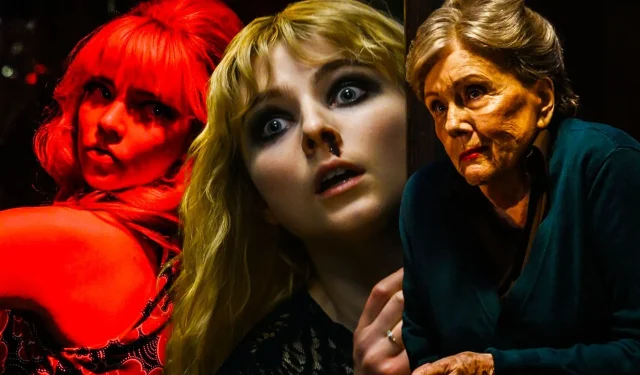Unraveling Edgar Wright’s Last Night In Soho: Twists, Themes, and Implications
Edgar Wright’s psychological thriller Last Night In Soho concludes with gripping twists and unexpected identity revelations that intricately interweave its dual timelines. Focusing on Thomasin McKenzie’s character, Eloise “Ellie”Turner, the film juxtaposes modern-day London with the vibrant yet nightmarish 1960s, where Ellie’s ethereal visions of the past starkly contrast with a haunting reality. Wright maintained an air of mystery through the film’s marketing, successfully piquing viewer curiosity. Beyond its central narrative element—Ellie’s encounters with deceased individuals—the film is replete with intricate plot developments as Ellie delves deeper into the shadows of the past.
Initially enamored with the alluring singer Sandie, portrayed by Anya Taylor-Joy, Ellie seeks to escape her mundane life through Sandie’s experiences. However, as the narrative unfolds, she confronts the grim reality of Sandie’s life—forced into sex work and subjected to relentless abuse. These revelations culminate in a chilling mission where Ellie strives for justice, convinced that Sandie’s murderer remains at large, notably in the guise of a bar patron played by Terrence Stamp. However, the unfolding events grow increasingly complex, as Wright intertwines various plot strands and timelines to deliver profound revelations that resonate with the film’s overarching themes, albeit not without some narrative challenges.
How Do Ellie’s Visions Work in Last Night In Soho?
A Blend of Trauma and Supernatural Abilities
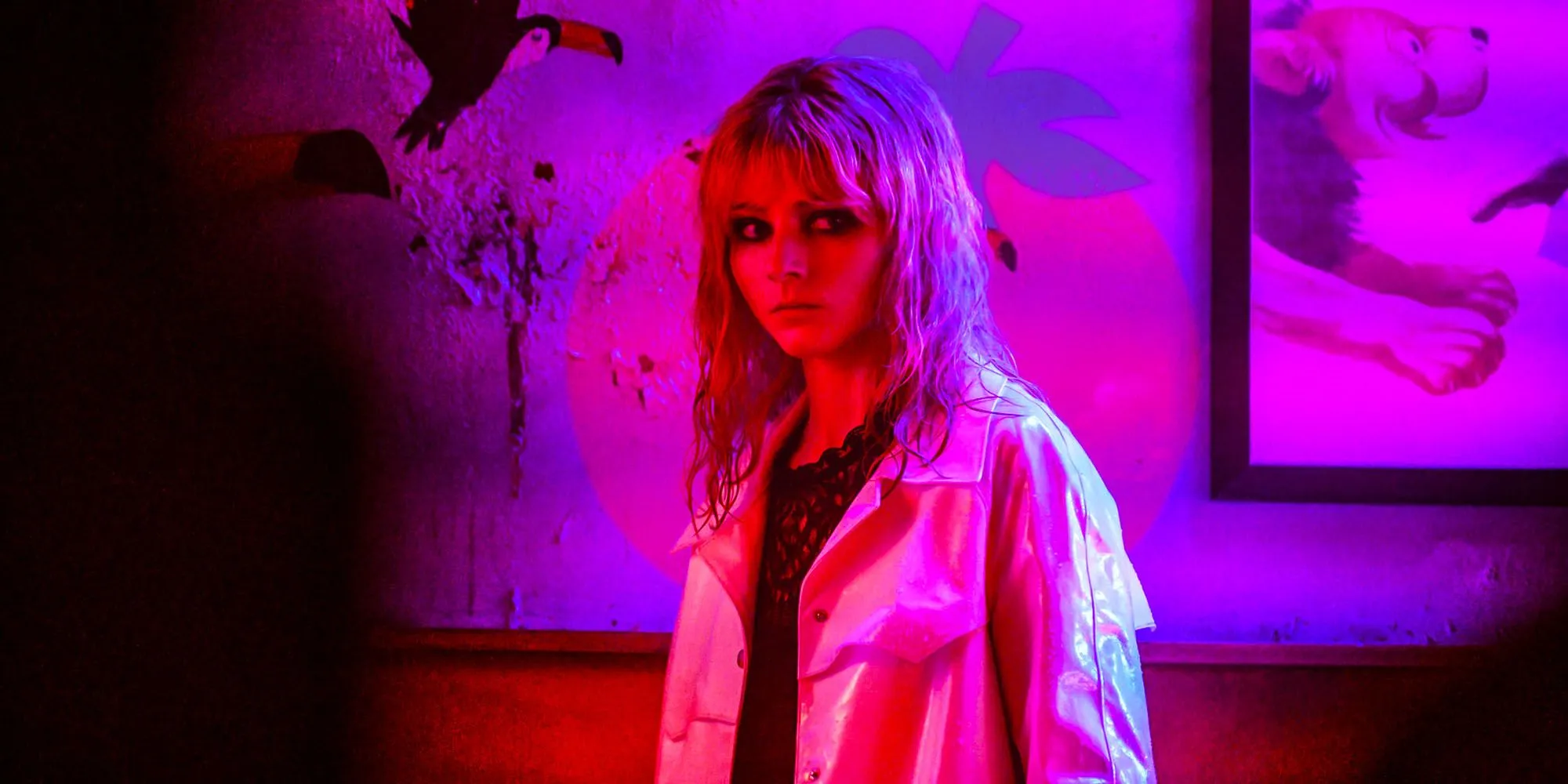
From the outset, Last Night In Soho establishes Ellie as possessing a unique ability: the capacity to see apparitions of the deceased. Initially, these visions seem to solely involve her late mother, who tragically took her own life years earlier, hinting at a longstanding connection to the supernatural. However, upon moving to London, Ellie’s experiences broaden significantly as she begins to perceive the haunting realities of Sandie in the 1960s, increasingly blurring the line between her dreams and reality.
Ellie’s grandmother describes these visions as a “gift,”suggesting an inherent supernatural quality. Yet the film’s twist ending hints that these encounters may be a manifestation of something darker. While Ellie is not diagnosed with any mental illness, echoes of her mother’s struggle with schizophrenia suggest Ellie may be grappling with a form of psychosis that includes hallucinations. The film glances at Ellie’s mental state, hinting at the traumatic past that lingers within her.
Her current living situation, marked by dark history, contributes to a palpable sense of foreboding. The apparitions of men killed by Sandie in the past might serve as a grim attempt to push Ellie towards understanding the truth behind Sandie’s violent fate. Ellie’s connection to these visions speaks volumes, framing her escapism through the lens of longing and desire for a life unencumbered by her current challenges.
Understanding the Twist: Mrs. Collins is Sandie
Sandie’s “Death”as a Symbolic Transformation
One of the most significant twists in Last Night In Soho is the revelation that Ellie’s landlady, Mrs. Collins, is indeed the Sandie she has been envisioning throughout the film. Initially, Ellie perceives her visions as a foreshadowing of Sandie’s murder within the very room she occupies; however, the reality is multifaceted. As Mrs. Collins articulates, her “death”signifies a metaphorical loss of identity as a result of abuse, where the traumatic experiences forced her to detach from her true self to survive.
While Sandie effectively transformed into Mrs. Collins, she simultaneously carried the weight of her dark past, having committed acts of violence against her abusers, thus burying them physically within her home. This subplot reshapes the narrative entirely, recontextualizing Ellie’s visions and actions by complicating Sandie’s existence from victim to survivor, yet framed within a narrative that evokes residual anger and vengeance.
Sandie’s Desperation: The Attempt to Kill Ellie
Transforming from Victim to Threat

The revelation about Sandie’s identity leads to further tension when she turns on Ellie, attempting to kill her in retaliation for unearthing painful memories and involving law enforcement. This twist complements Sandie’s character arc, showcasing her past as a survivor who resorts to violence to shield her secrets. While Ellie displays naiveté, Sandie’s reaction depicts the lasting impact trauma has on her psyche.
Even in a desperate bid to keep her past hidden, Sandie’s actions are markedly drastic, revealing that she is still ensnared by her traumatic history. Although her age might suggest a subtler approach, her instinct for self-preservation ultimately propels her towards violence, illustrating the complex interplay between trauma and her current mental state.
As the chaos unfolds, while Ellie manages to survive, Sandie’s tragic existence culminates in her self-sacrifice, choosing to perish in the flames of her past, perceiving it as an opportunity for redemption. This haunting finale accentuates the ongoing struggle against her demons, ultimately aiming for closure.
Hints Leading to Sandie’s Identity Revelation
Subtle Indicators Preceding the Revelation
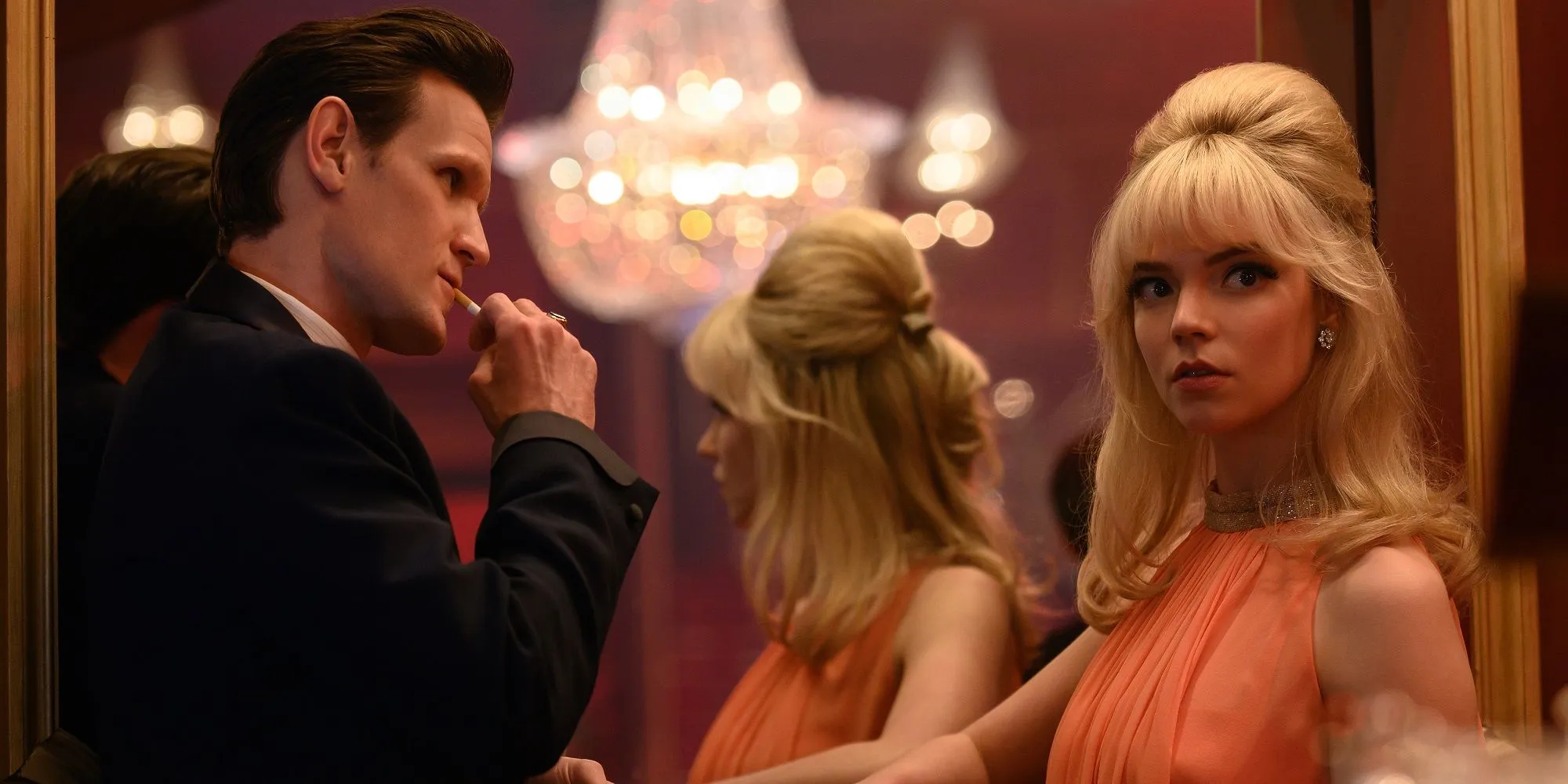
The clever construction of Last Night In Soho‘s plot allows for various clues hinting at Mrs. Collins’ true identity as Sandie throughout the film. From Ellie’s initial visit to the bedsit, Mrs. Collins enforces a strict “no men”policy—an early indication of her protective instincts, later revealing deeper reasons behind her rule.
Moreover, the casting of the legendary Diana Rigg serves as a nod to her 1960s roots, aligning perfectly with Sandie’s character. Even Mrs. Collins’ comments about Ellie’s music and the preservation of the room since the ’60s create a nostalgic backdrop that augments the audience’s understanding of her character.
Other hints, such as Mrs. Collins’ references to past tenants, identical decor with Sandie’s memories, and her reaction to perceived threats, jointly indicate the layered narrative structure, guiding viewers toward the eventual reveal of her identity. These elements showcase how nostalgia permeates the film, inviting viewers into a richly woven tapestry of past and present.
Another Identity Twist: The Old Man Isn’t Jack
Edgar Wright’s Narrative Layering
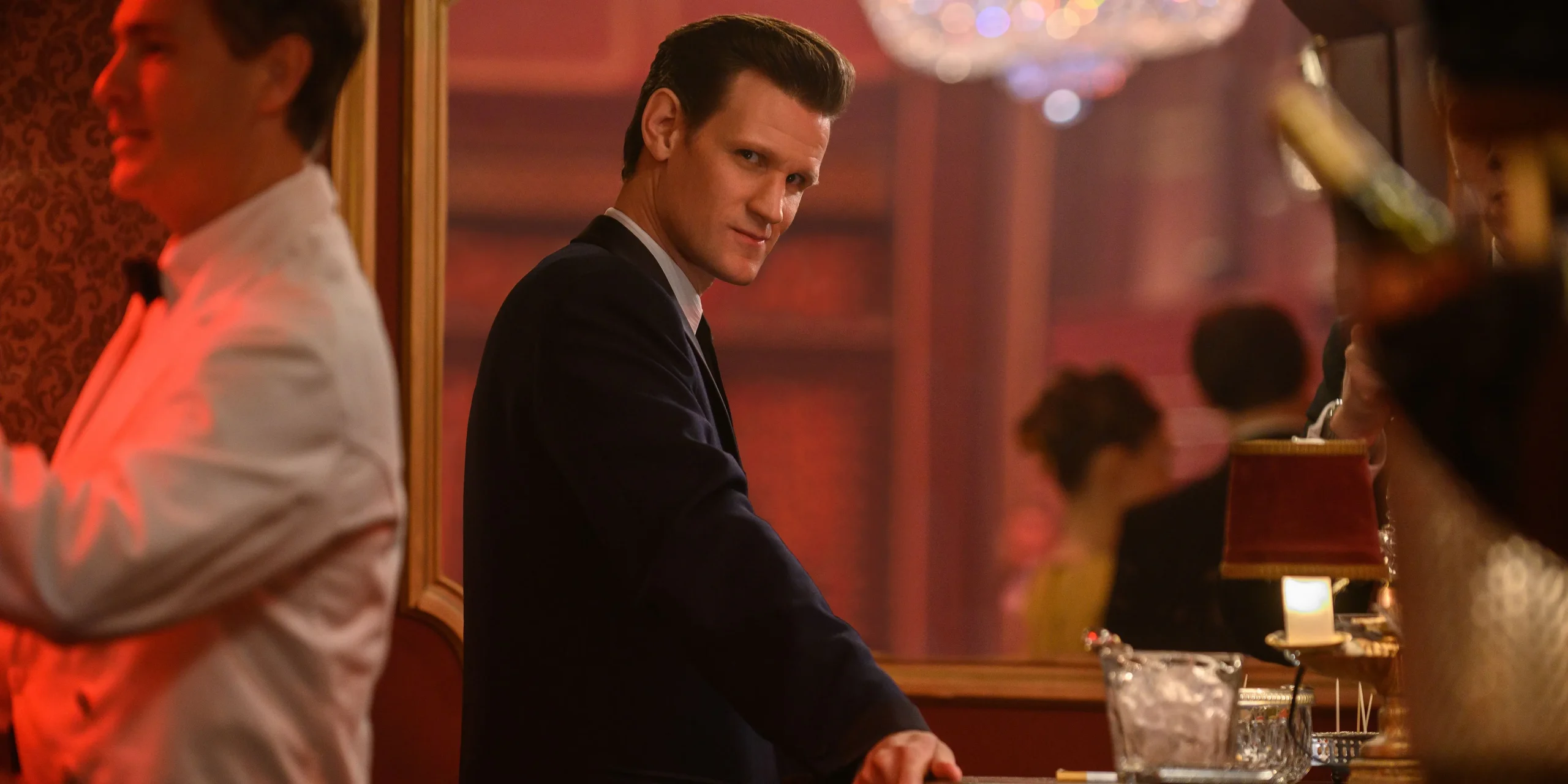
Beyond Sandie’s twist, another significant identity reveal occurs with the old man Ellie encounters at the bar (played by Terrence Stamp). Initially presumed to be Jack, we later learn he is, in fact, Lindsay, a vice squad police officer aware of Sandie’s tragic past. This twist not only deepens the storyline but also sets the stage for connecting threads within the plot.
The narrative intricacies invite viewers to reflect on Ellie’s journey while layering more profound implications regarding the characters’ interrelations. Furthermore, Lindsay’s tragic fate serves as a cautionary tale about the dangers Ellie brushes against, complementing her character development and hinting at the stakes involved in deciphering the truth behind the hauntings.
The Significance of Sandie’s Reappearance
The Enduring Influence of Sandie

Despite Mrs. Collins’ demise, the film offers one last glimpse of Sandie during a pivotal fashion show where Ellie showcases her designs. Sandie’s ethereal image appears in a mirror, representing Ellie’s idealized vision of Sandie—the ambitious singer whose dreams she once sought to support.
This vision highlights Ellie’s complex relationship with her own identity and past; while it suggests forgiveness towards Sandie, it also signals her struggle to navigate the boundary between the past and present. This lingering nostalgia poses a dangerous threat, perhaps indicating that Ellie has yet to fully reconcile with her experiences.
What Does the Ending of Last Night In Soho Mean?
Emphasizing the Importance of Moving Forward
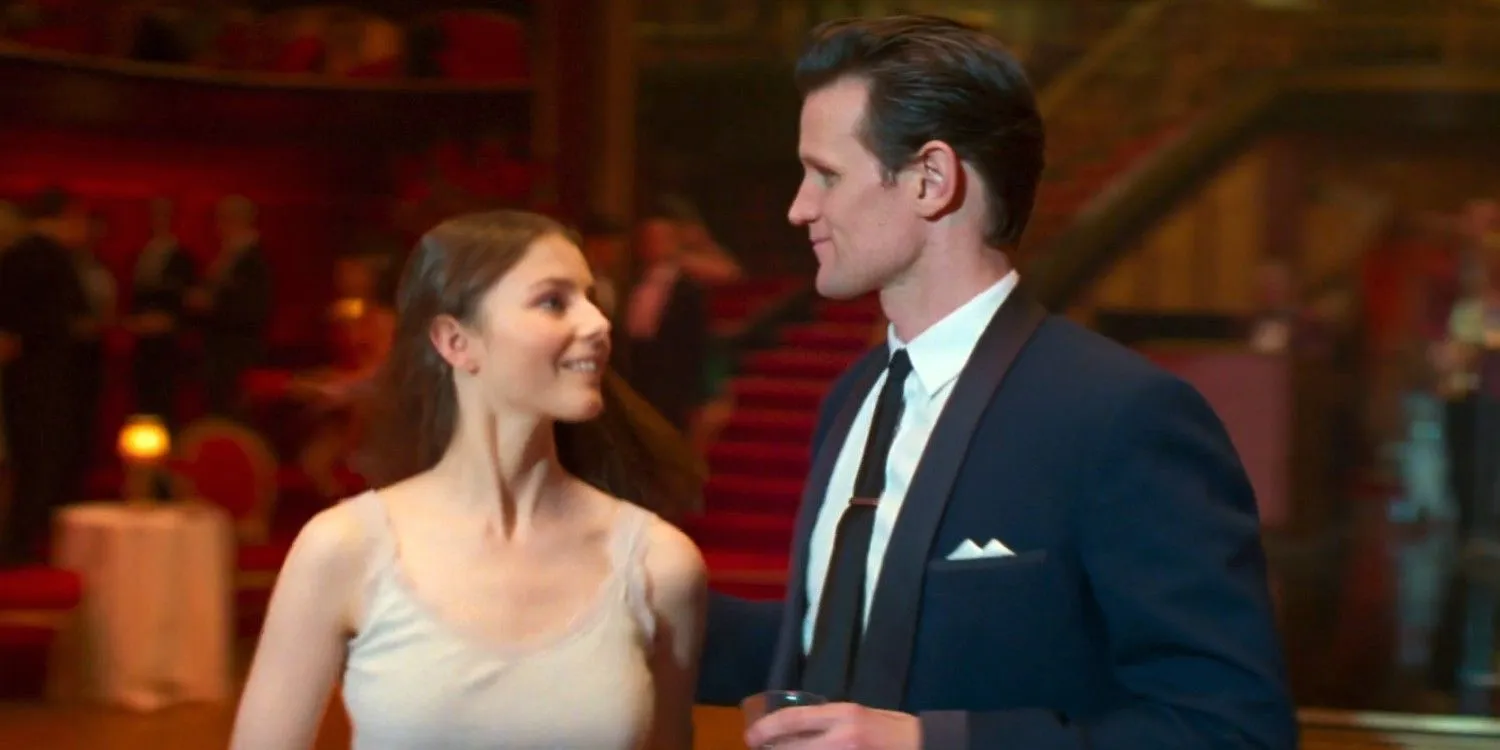
The reappearance of Sandie’s idealized form in the mirror encapsulates one of the film’s central themes: the peril of clinging to nostalgia and the challenge of moving forward. This portrayal reminds viewers that memories can be glorified and often obscure darker realities that necessitate acknowledgment and healing. It mirrors Ellie’s aspiration to escape her past while simultaneously engaging with it, thus prompting reflections on personal growth.
Similar to Wright’s previous works that explore themes of youthful exuberance, Last Night In Soho delves into the dangers of romanticizing the past, shedding light on how such fixation ultimately hinders progress. Furthermore, the film critiques societal attitudes towards toxic masculinity, misogyny, and the exploitation prevalent in the sex industry, addressing issues that resonate both in the narrative’s history and contemporary reality.
Ultimately, Wright’s exploration through the lens of Soho nightlife critiques the underlying societal flaws that persist over time, advocating for recognition of these issues rather than glossing over uncomfortable truths.
The Divisive Reception of Last Night In Soho‘s Ending
Mixed Opinions on the Climax

Despite its visually stunning presentation and the ambitious narrative, the concluding act of Last Night In Soho has proven divisive among audiences. While many appreciate Wright’s efforts to explore significant thematic concerns, the execution of the finale has raised questions. Critics point out that the film does not sufficiently delve into vital mental health issues, ultimately leading to a disconnect as it focuses on the ensuing twists rather than unpacking deeper implications.
The overwhelming revelations about Sandie’s violent past and her confrontation with Ellie detracts from earlier themes, casting shadows over the depicted struggles. The transformation of Sandie into a menacing figure complicates the film’s message, giving weight to critiques that found the ending muddled and the narrative structure lacking coherence.
Moreover, the problematic portrayal of John’s character, who is implicated in violence yet characterized as a trustworthy ally, introduces a narrative inconsistency that does not effectively resolve. The choice to depict racial tensions through his character while avoiding deeper conversations raises further concerns regarding representation.
Nevertheless, amidst mixed reviews, Last Night In Soho captivates a significant audience with its storytelling prowess, albeit with a contingent of critics. While this divergence in opinions may frame the film’s success within contentious parameters, it lingers as a testament to Wright’s creative ambitions.
Reception of Last Night In Soho‘s Conclusion
Mixed Reviews Did Not Dissuade Viewers
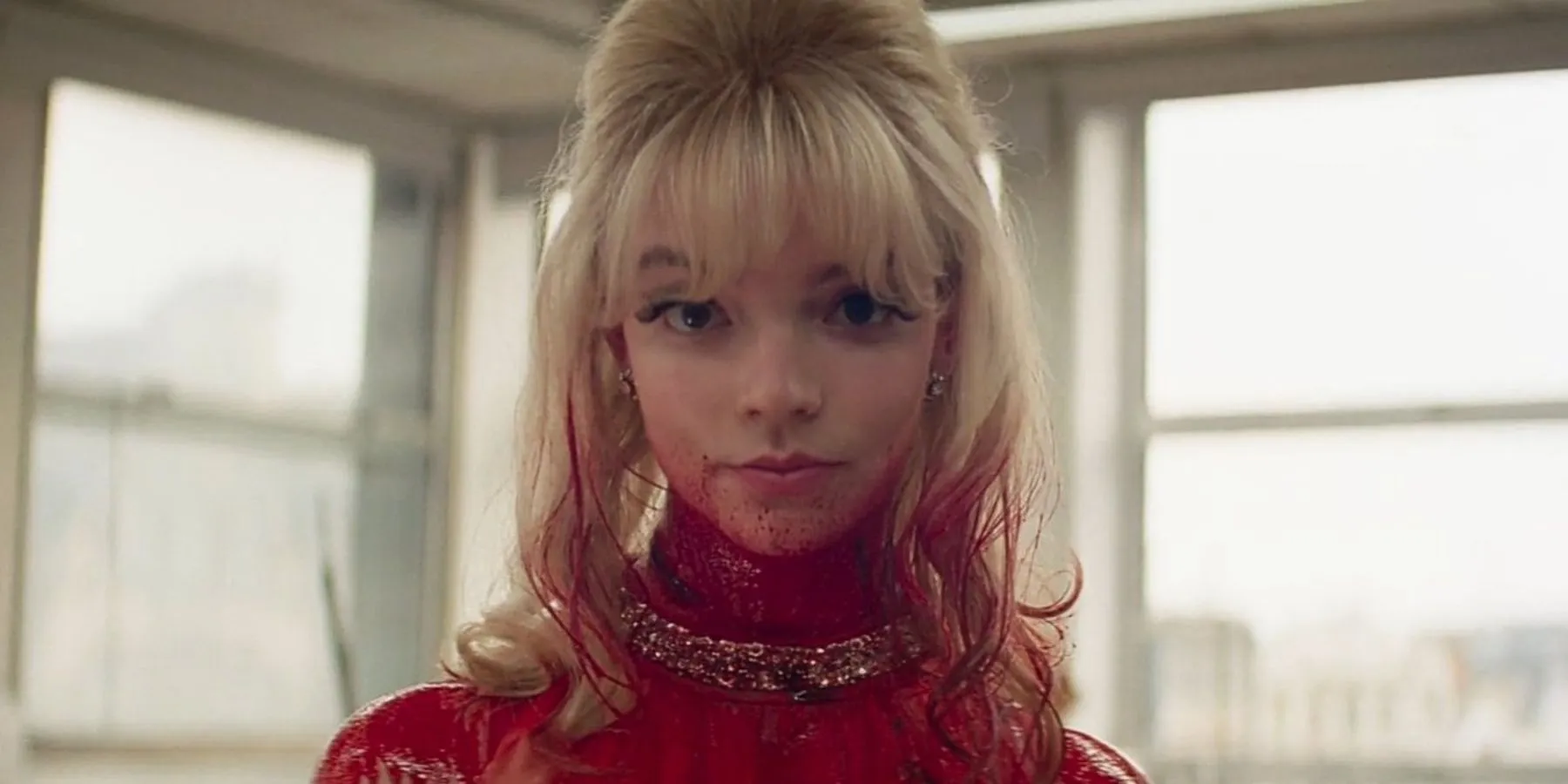
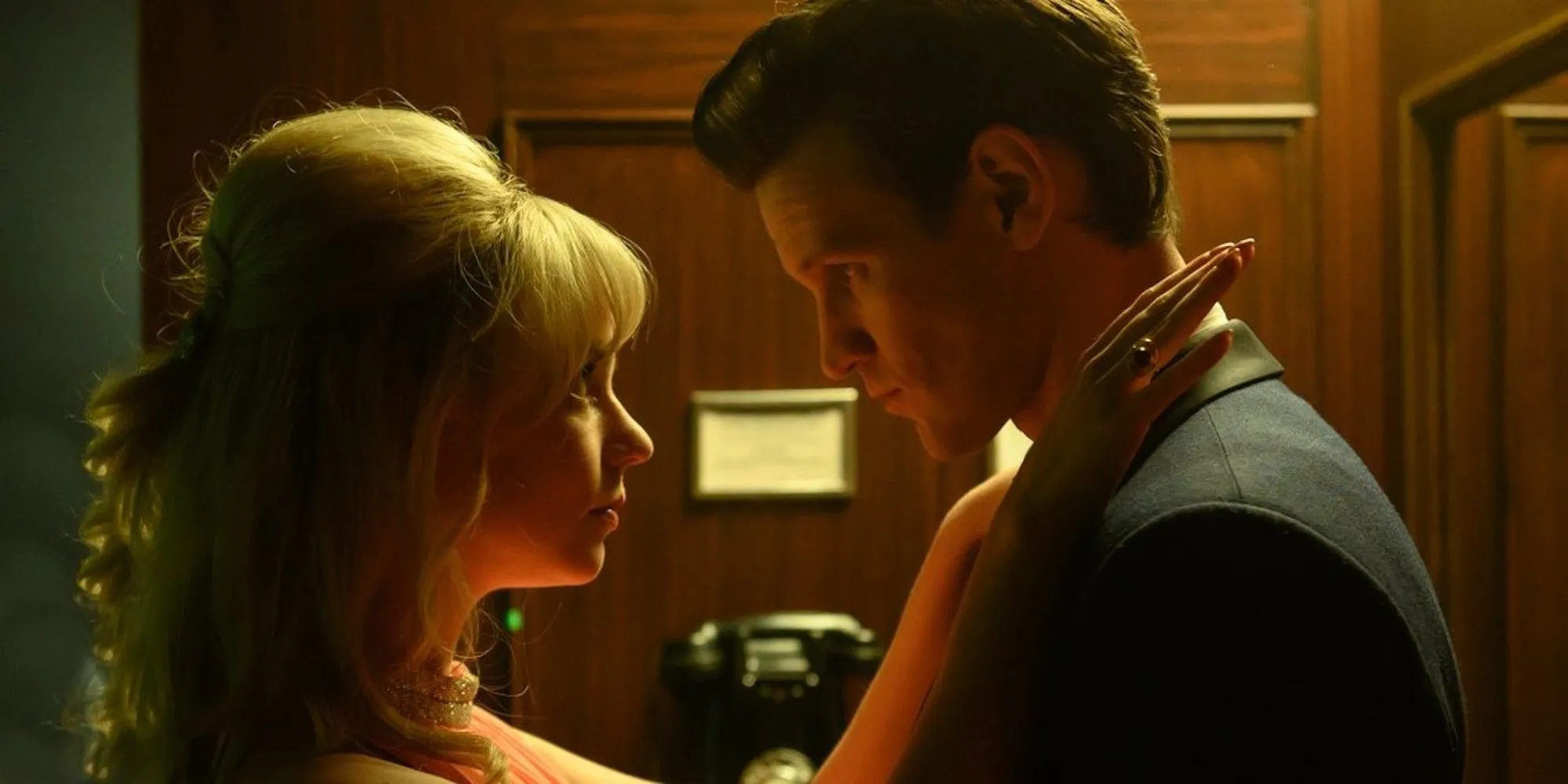
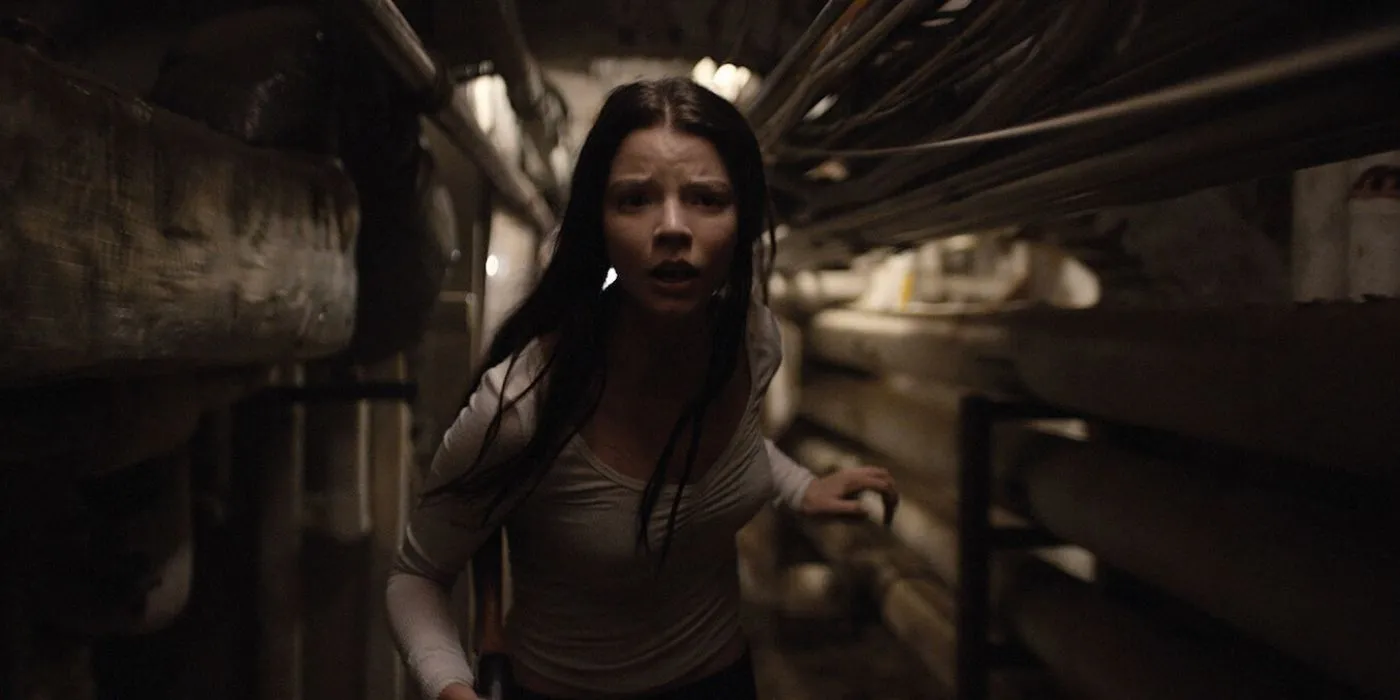
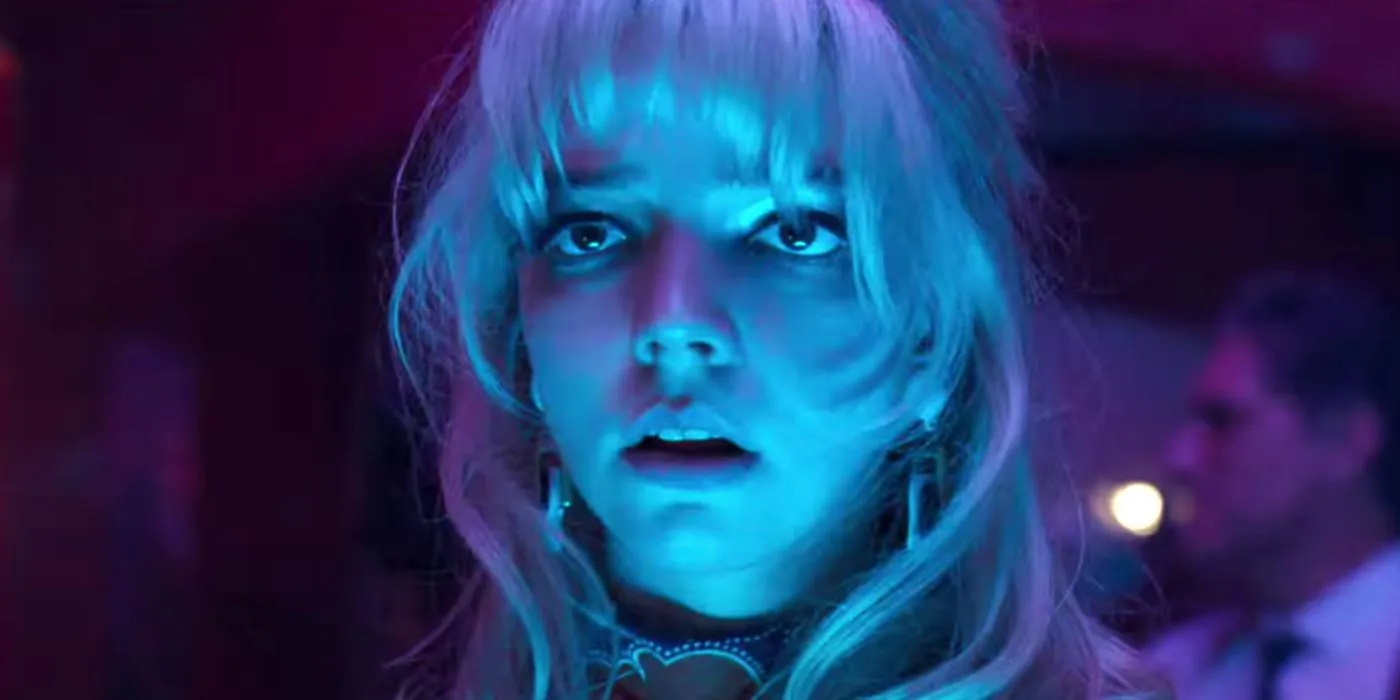

Ultimately, Last Night In Soho emerged as a visually compelling psychological thriller, despite polarizing opinions regarding its conclusion. Holding a 75% Tomatometer rating on Rotten Tomatoes, critics largely responded positively, while the audience response boasts an impressive 89% score, underscoring broader acceptance of its thrilling climax. Many critics noted how the film’s twists subverted audience expectations, contributing to its allure.
However, dissenting voices also highlighted notable shortcomings in the film’s resolution. Guy Lodge of Variety expressed concerns that the film’s revelations arrived far too early and that the latter portions detracted from earlier promise. Lodge’s critique encapsulates broader dissatisfaction among audiences who felt the narrative struggled to maintain its momentum:
“Eloise is at first exhilarated to go traipsing through the seamily glamorous vintage Soho of her daydreams, in the perfect physical person of Anya Taylor-Joy — here, as in “The Queen’s Gambit,” proving herself ideally suited to whole-nine-yards ’60s styling. (Odile Dicks-Mireaux’s era-blending, sugar-spun costumes are a high point.) As Sandie’s story turns ever darker, however, Eloise senses she’s a witness to something unspeakable, nearly 60 years after the fact. There’s promise in this premise, though a problem with Wright and Krysty Wilson-Cairns’ script is how quickly it reaches this point of realization, and how repetitively it runs in place for the remainder of the film’s inordinate two-hour running time.”
Robert Daniels of Roger Ebert, too, noted that the film’s ambitions fell short, arguing that the narrative wasn’t sufficiently layered to support its many twists:
“Beyond the initial themes, such as zealotry to the past and toxic men – there’s just not enough to carry the film. Wright doesn’t have anything to say about the sex industry, the casting couch or mental health beyond a surface-level understanding. Instead, he relies on cornball humor, copious blood and gore, and homages to far better films. Normally, that’d be enough, and it has been in the past, but the tonality doesn’t quite square with the film’s heavy subjects this time. In fact, the twist ending won’t surprise many.”
In spite of the critiques, even those who were disappointed acknowledged Wright’s ambitious effort to create a layered work. For many, the culmination of Last Night In Soho delivered an exhilarating narrative experience, promising suspense and engagement.
Despite the film’s divisive elements, critics, and viewers alike found considerable merit in Last Night In Soho, as echoed by The Guardian’s Mark Kermode:
“For all its scattershot reference points, however, Last Night In Soho still emerges as Wright’s most personal film – you can feel how much he loves the material. Frankly, I felt the same way.”
Potential for a Sequel: What Lies Ahead?
Unlikely Sequel Prospects

While Last Night In Soho resolves most of its central plot threads, hints at a sequel remain tantalizing. With Ellie’s innate ability to perceive spirits, including that of her mother, a potential follow-up could see her navigating deeper familial histories, grappling with her mother’s mental health issues, or exploring London folklore and history.
Additionally, the possibilities of uncovering further mysteries, including renowned figures like Jack the Ripper, could provide rich narrative material for expanding the franchise. The flexible nature of Ellie’s abilities leaves ample room for creative exploration. While the current ending ties up many narratives, a sequel remains a tantalizing prospect for viewers intrigued by the layers embedded within Last Night In Soho.
